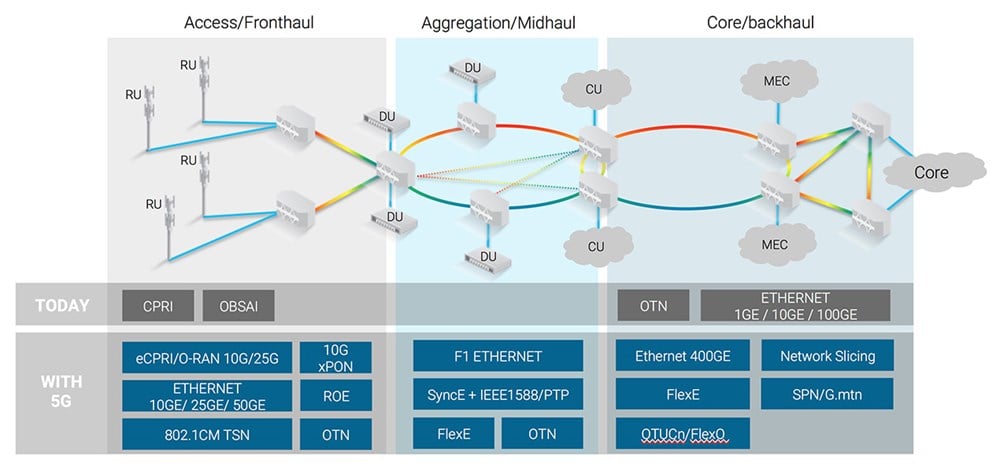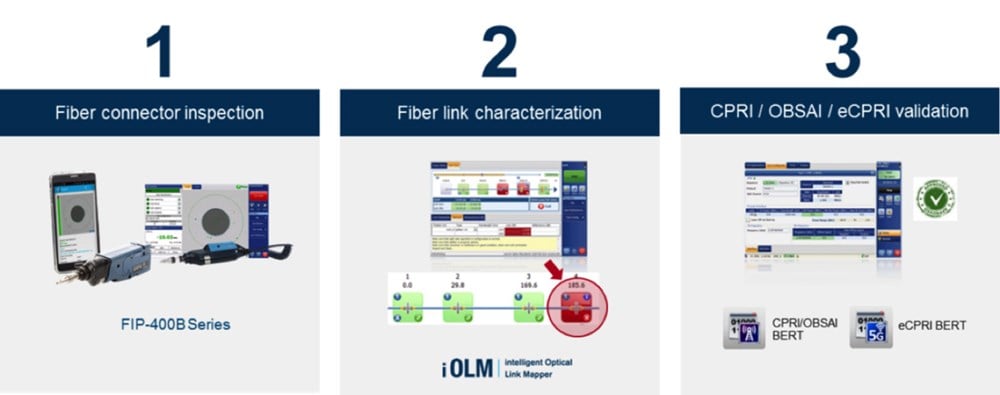Preparing for 5G
When people think of 5G, they tend to think of all the new and exciting services it will make available or the complex challenge of managing a highly dynamic, massively scalable network, or possibly even the new business models that massive connectivity and bandwidth will foster. What they seldom think about is the physical infrastructure required to support this bold vision. But even virtual or cloud networks need a physical platform!
Today, communications service providers (CSPs) are investing heavily in building out and improving their fiber infrastructure, pushing it all the way from the core to the radio. And while there’s lots of good reasons for this—more bandwidth, greater reach and better signal quality, to name a few—we also know that the business case for 5G is challenging, and deploying fiber is very expensive.
Deploying fiber is not cheap
So how do you make sure building your fiber infrastructure doesn’t kill the return on investment for 5G? How do you make sure the fiber deployed today can be scaled up to support the bandwidth demands of tomorrow? And what about the new transport protocols in the works? How do you make sure your network can adapt quickly to address new, competitive service opportunities without having to upgrade your fiber infrastructure? The goal must be to build and forget, not build and upgrade.
Challenges for 5G networks

Figure 1: Impact of 5G on network infrastructure
5G is broadly split into 3 categories of services (see Figure 1):
- Enhanced mobile broadband (eMBB) is essentially an extension of the 4G/ LTE mobile broadband (MBB) service, scaled up to support greater bandwidths.
- Ultra-reliable and low-latency communication (URLLC) encompasses those services that demand highly responsive, always-on performance.
- Massive machine type communications (mMTC) deals with the internet of things (IoT) and is expected to dominate the 5G network with an anticipated 30+ billion devices by 2025.
Clearly, each of these service categories introduces new challenges to the infrastructure supporting them.
5G also introduces an updated functional architecture that brings new interfaces, protocols and capabilities requiring support, all of which rely heavily on a solid fiber infrastructure (see Figure 2). Unlike previous generations of mobile technology, 5G demands a complete network overhaul—from core to edge and layers 0 to 7.

Figure 2: 5G transport is significantly more complex than 4G
Do it right the first time
Schedule and quality are two of the biggest threats to any network buildout. Unexpected delays in project completion create a ripple effect that can ultimately delay a service launch and have significant impact on the bottom line. The additional time and money needed to address quality issues, combined with the resulting extended time-to-revenue can be devastating to the business case. Fortunately, there are easy ways to minimize this risk.
As easy as 1, 2, 3
Building a rock-solid network that’s massively scalable and able to support any new service your customers demand is not difficult—if you have the right tools and procedures. Following standardized, well-documented, field-proven procedures and using intelligent handheld test equipment that takes the guesswork out of setup, execution and analysis will lead to high-quality networks, delivered on time and able to address any foreseeable service requirements.

Figure 3: Field proven method of operation
EXFO’s broad portfolio of solutions can handle the most complex network builds. From small jobs, involving only a few fibers, to major projects involving thousands of fibers, EXFO has the solutions and expertise to help you get your network ready for 5G.
To find out more about how EXFO’s test and measurement solutions can help you build a better 5G network and maintain it as it scales up to address the anticipated flood of innovative 5G services, visit EXFO.com.
Download our free technical poster for an overview of 5G requirements, key test areas in the fronthaul & backhaul and strategies for optimizing network performance.




